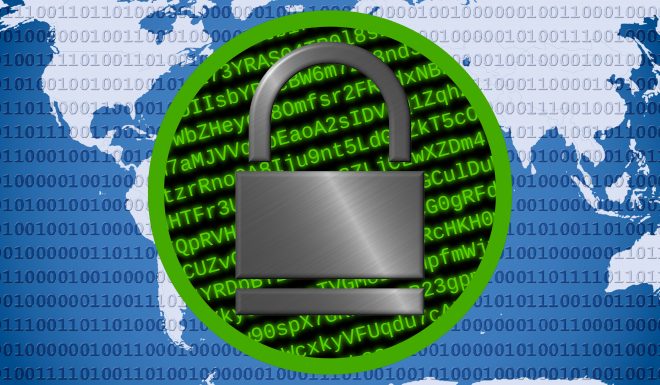Ever forget your BIOS password? This is the definitive guide to getting back in.
BIOS passwords, set for whatever reason, are bypassable. Remember, physical access means you don’t have real security (in certain aspects). You can use them to prevent children from fiddling with your BIOS settings, or to restrict access to other boot devices (i.e. Windows Password Removal disks). You may want to force the machines to Wake-on-LAN, which is a very useful feature in a business environment. All reasons to lock out the BIOS.
The Hardware Way
First, you can try removing the coin-cell battery (also called CMOS battery) from the motherboard. On desktops, this is much easier than on many laptops.
- Open the case of the computer
- Remove the CMOS battery
- Unplug the power from the back of the computer for approximately 30 seconds
- Plug the power cord back in
- Put the battery back in
- Try accessing the BIOS
On laptops, you will also need to open almost the entire laptop up, and remove the main battery. You can also attempt to drain any residual capacitors by pressing the power button when all power sources have been removed.
If this fails, you can attempt to use the Reset BIOS jumpers on most motherboards. This usually involves moving a jumper into a location, turning the system on, then putting it back to where it was. Check your motherboard manual to determine if this feature exists, and how to do it correctly.
The methods above will likely have the side effect of clearing your BIOS settings - which includes the password, as well as preferences relating to how your system starts up. Although it should not affect how your OS starts, it has the potential to. Attempt at your own risk, and be prepared to repair or reinstall your Operating System if necessary.
The Bypass Way
While attempting to access a notebook at work, I ran into a road block using our company’s standard BIOS password. None of them worked, and I did not want to wait for the group that uses tools to open it up. (Yes, the organization I work for has a union, and they are the only ones allowed inside a computer, physically speaking). I Googled quite a bit, and finally came across a site that worked. It simply asks for the serial number, then lists the Bypass Code for the device.
On the Dells that I tested, I noticed a few things:
- Use the Serial Number that appears on the Password Prompt
- Use the same capitalization as appears on the Password Prompt
- Do not use just the Service Tag number or Express Service Code on the white label on the system
- The website mentions that you should try pressing Ctrl+Enter instead of just Enter. I noticed no difference.
If you have success or failure with the above methods, let me know in the comments below.
